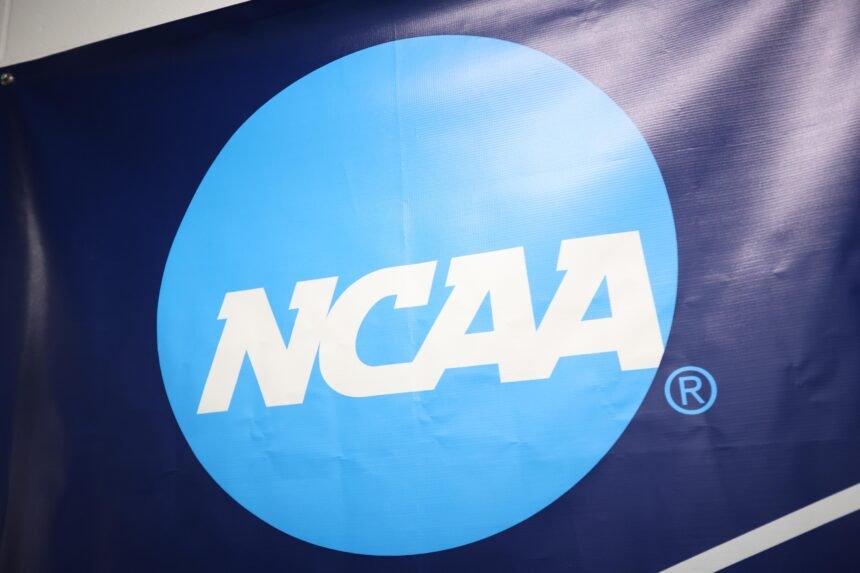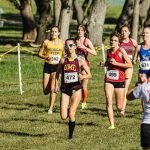The core element of the House v. NCAA settlement is that the NCAA will pay out $2.576 billion to the settlement damages classes and also begin a 10-year term in which Division I schools will be able to directly pay student-athletes with a pool (read: salary cap) of up to 22 percent of the Power Five conference schools’ average athletic revenues each year. That 22 percent figure is estimated to be approximately $20.5 million in 2025-26.
Any payments from that pool would be on top of existing benefits. So, student-athletes will still be able to receive full-tuition scholarships, free room and board, grants, academic support, nutrition, medical resources, etc. They’ll also still be able to get paid via NIL deals (more on that later).
Overall, this is a win for student-athletes in their decades-long fight for revenue-sharing. They’ll finally get a piece of the pie.
The biggest pieces of pie, though, have been reserved for the revenue-producing sports—football, men’s basketball, and to a lesser extent women’s basketball. Players from those sports are receiving 95 percent of the settlement payments.
For most Power Four schools, a majority of their $20.5 million salary cap will undoubtedly be spent on those sports as well, with football likely—and unsurprisingly—getting the largest allocation.











